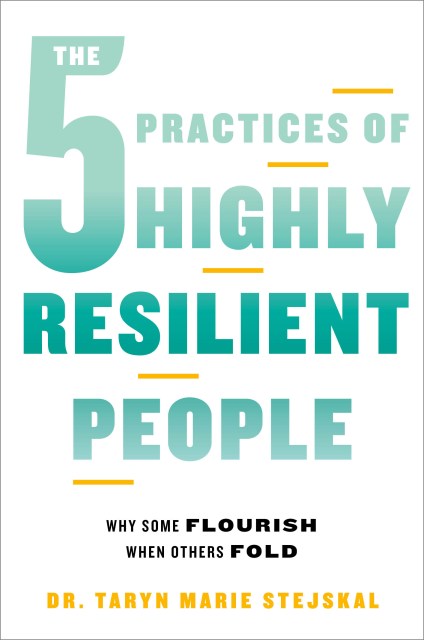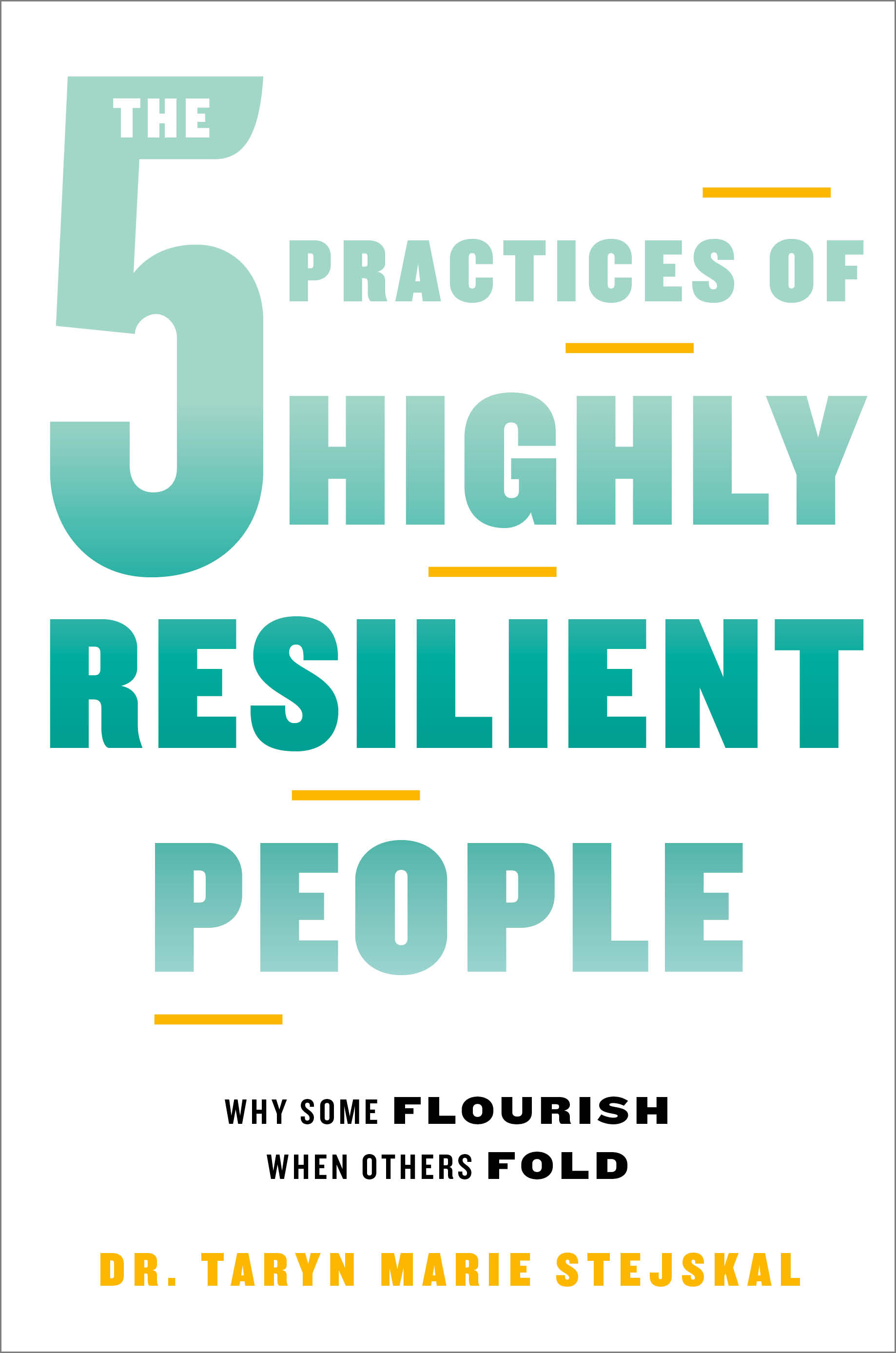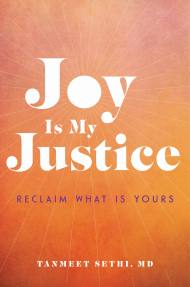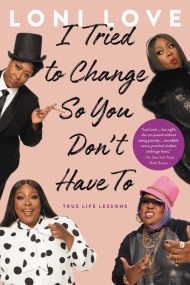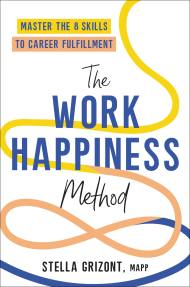Promotion
Use code MOM24 for 20% off site wide + free shipping over $45
The 5 Practices of Highly Resilient People
Why Some Flourish When Others Fold
Contributors
Formats and Prices
Price
$29.00Price
$37.00 CADFormat
Format:
- Hardcover $29.00 $37.00 CAD
- ebook $15.99 $20.99 CAD
- Audiobook Download (Unabridged) $27.99
This item is a preorder. Your payment method will be charged immediately, and the product is expected to ship on or around April 18, 2023. This date is subject to change due to shipping delays beyond our control.
Also available from:
#1 international resilience expert Dr. Taryn Marie Stejskal provides practical tools to effectively address challenges, complexity, and change.
Resilience is categorically misunderstood. It’s not merely about bouncing back, and it’s so much more than returning to where you began. True resilient “doing” allows us to capitalize on the inescapable challenges of life and become better than we were before.
Dr. Taryn Marie Stejskal began working with brain injury patients and found that most popular beliefs about human resilience are incorrect. Since then, for the last 20 years, she has conducted qualitative research on the power of resilience, studying the science behind why some people succeed while others fail. Here, Dr. Taryn Marie outlines the five critical behaviors that define successful resilience: Vulnerability, Productive Perseverance, Connection, Gratiosity (Gratitude and Generosity), and Possibility. Resilient People bounce forward, take an active approach to facing challenges, and most importantly, they are made, not born.
Dr. Taryn Marie’s empirically proven framework shows us how to develop resilience practices in our own lives—as adults, as parents, and across organizations—in a manner that allows us to be enhanced by our experiences, not diminished.
Genre:
-
“The Five Practices of Highly Resilient People shows that resilience isn’t simply a goal to reach but a way of living. Dr. Taryn Marie outlines how we can all nurture our resilience, wisdom, self-compassion, and empathy in times of constant change and disruption.”Arianna Huffington, founder & CEO, Thrive Global
-
"This wise and practical book shows that resilience isn’t a matter of luck. It’s a quality we can develop and deepen. Dr. Taryn Marie’s practices will teach you to forge meaningful connections, become productively perseverant, and put yourself on a path to a satisfying life.”Daniel H. Pink, #1 NYT bestselling author of The Power of Regret, Drive, and When
-
“Powerful and timely! Unlocking the keys to resilience, Dr. Taryn Marie has created the ultimate guide to turning adversity into opportunities for growth. Well researched and beautifully written, this is an exceptional look at harnessing the inevitable challenges we face in our lives.”Dr. Marshall Goldsmith, Thinkers50 #1 executive coach and NYT bestselling author of The Earned Life, Triggers, and What Got You Here Won’t Get You There
-
“The Five Practices have shown me that I was always resilient and allowed me to tap into my inherent strengths and talents that were hiding in plain sight. Dr. Taryn Marie is someone I would want on my team, every time, hands down. Her immense wisdom, kindness, and brilliance is encoded in this book.”Quinton Aaron, actor and star of the Academy Award-winning film The Blind Side
-
“Go on a journey to enhance your resilience, the underappreciated and missing difference-maker that will amplify your life and leadership, along with allowing you to flourish when you inevitably face challenge.”Keith Ferrazzi, #1 NYT bestselling author of Never Eat Alone and Competing in the World of Work
-
Six Must Read Books for Spring 2023Forbes
-
"This is the kind of book you'll want to spend some serious time with, and you'll be glad you did. It's easy to read and surprisingly simple to employ. For anyone who wants a solid boost of confidence, one they can refer to again and again, The 5 Practices of Highly Resilient People is a good book to have around."Houston Style Magazine
- On Sale
- Apr 18, 2023
- Page Count
- 272 pages
- Publisher
- Hachette Go
- ISBN-13
- 9780306831614
Newsletter Signup
By clicking ‘Sign Up,’ I acknowledge that I have read and agree to Hachette Book Group’s Privacy Policy and Terms of Use
